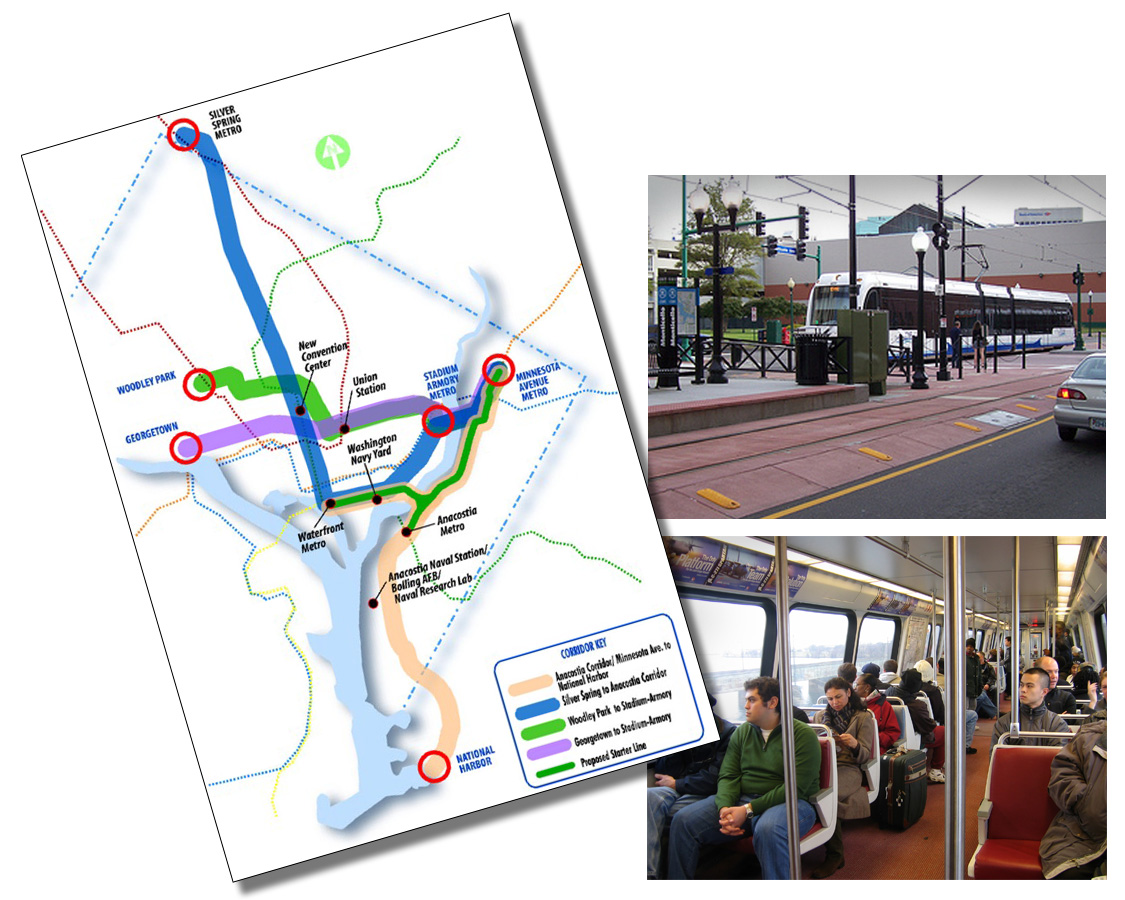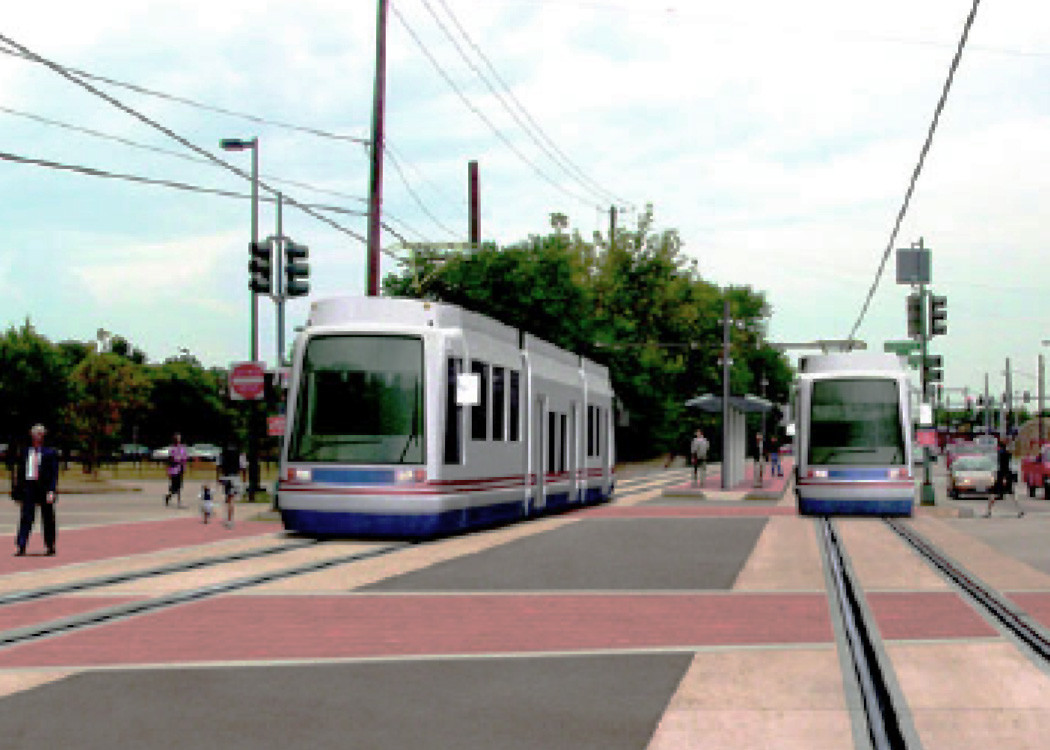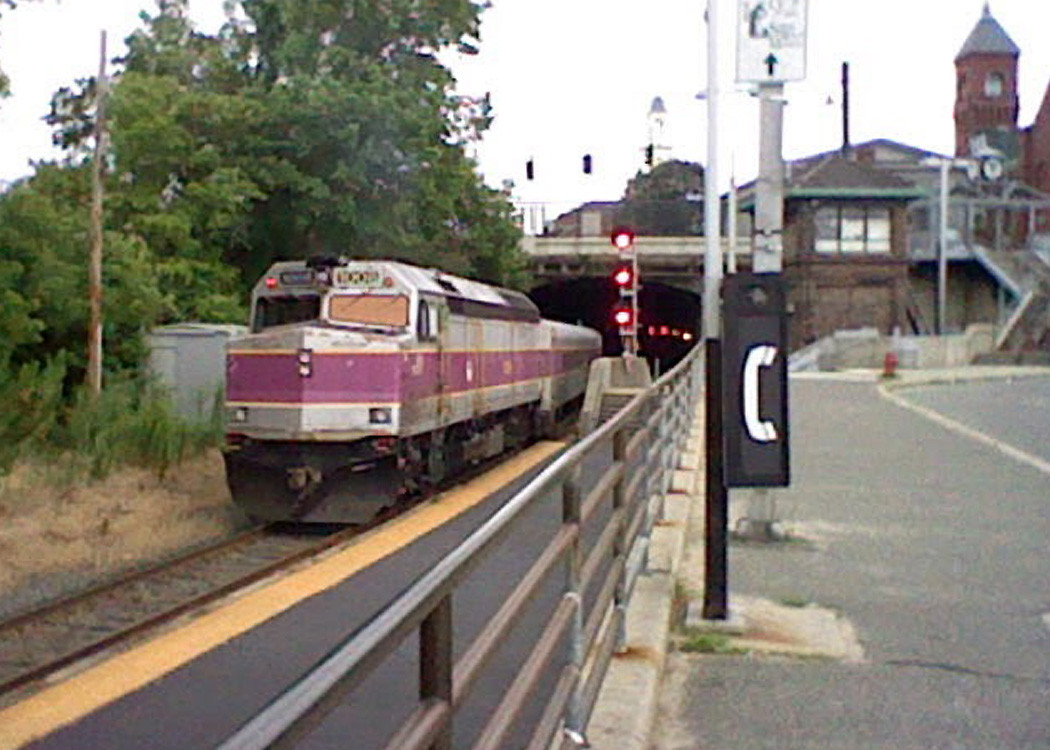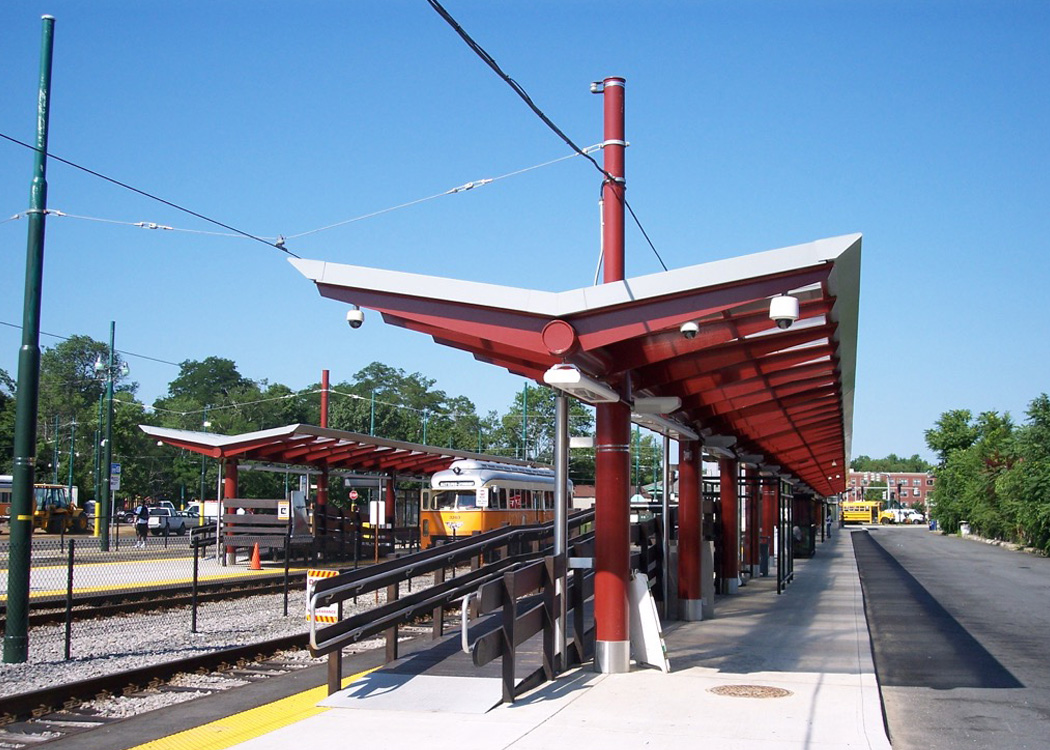Transit-Oriented Development
Whenever possible, the Collaborative creates compact, walkable, pedestrian-oriented, mixed-use communities centered around transit stations. This makes it possible for people to enjoy lives that are less dependent on cars. It helps support a feeling of community by promoting more face-to-face interactions. And it helps reduce the emission of greenhouse gases by reducing car trips.
Anacostia Line Light Rail Corridor Demonstration
Washington Metropolitan Area Transit Authority
The Collaborative worked with DMJM/ Harris/ AECOM Consulting to plan for the next generation of public transit in Washington DC. This 18-month study explored the concept of introducing a third transit mode into the District to bridge gaps between the Metrorail subway system and the Metrobus system. This third mode will possibly be surface transit using light rail technology. The system additions are aimed at providing a network of efficient, high-quality, high-capacity surface transit connecting communities while attracting economic development opportunities to neighborhoods throughout the city.
Our role was to assist in launching an innovative public outreach process by providing graphics for publications and community meetings and branding this collaborative process as an opportunity for citizens to help shape the District’s transit future. We actively participated in the assessment of community impacts associated with new transit alternatives, including potential opportunities for stimulating community development within the corridor. A major challenge in this effort was considering ways in which the District could leverage this transit system concept to improve mobility and promote economic and community development in the District’s lowest income neighborhoods.

i View, download, and/or print this project summary.





